
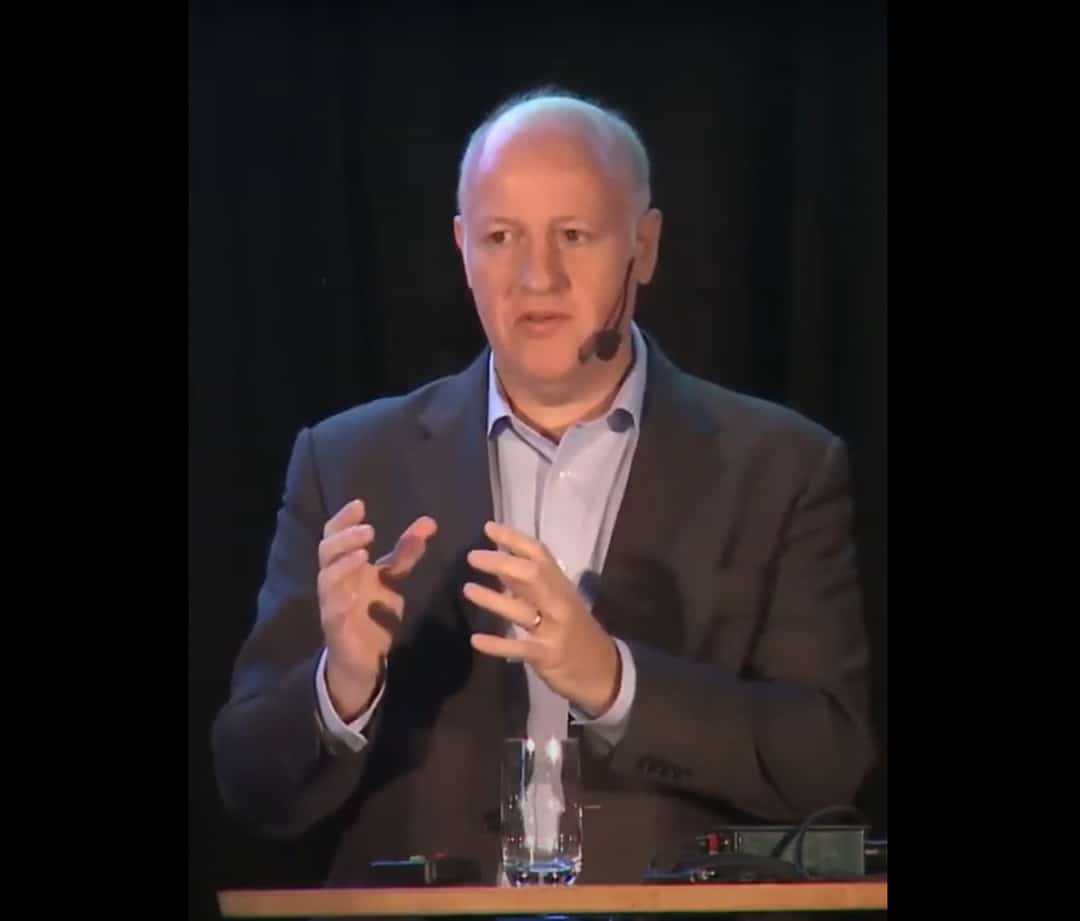
Peter Daszak, President of EcoHeath Alliance, speaking in 2017 (Wikipedia)
To Deny the “Lab Leak” COVID Theory, the NYT and WPost Use Dubious and Conflicted Sources
by Glenn Greenwald Dec 5, 2021
That COVID-19 infected humanity due to a zoonotic leap from a “wet market” in Wuhan — rather than a lab leak from a lab in the same Chinese city — was declared unquestionable truth at the start of the pandemic. For a full year, anyone dissenting from this narrative was deemed so irresponsible that they were banned from large social media platforms, accused of spreading “disinformation.” No debate about COVID’s origins was permitted. It had been settled by The Science™. Every rational person who believed in science, by definition, immediately accepted at the start of the pandemic that COVID made a natural leap from bats or pangolins; that it may have escaped from a lab in Wuhan which just so happens to gather, study and manipulate novel coronaviruses in bats was officially declared a deranged conspiracy theory.
The reason this consensus was so quickly consecrated was that a group of more than two dozen scientists published a letter in the prestigious science journal Lancet in February, 2020 — while very little was known about SARS-CoV-2 — didactically declaring “that this coronavirus originated in wildlife.” The possibility that COVID leaked from the Wuhan lab was dismissed as a “conspiracy theory,” the by-product of “rumours and misinformation” which, they strongly implied, was an unfair and possibly racist attack on “the science and health professionals of China.”

For months, that letter shaped the permissible range of debate regarding the origins of COVID. Or, more accurately, it ensured that there was no debate permitted. The Science™ concluded that COVID was a zoonotic virus that naturally leaped from non-human animal to human, and any questioning of this decree was deemed an attack on The Science™.
That Lancet letter has fallen into disrepute due to the key role in its publication played by one of its signatories, Peter Daszak of the EcoHealth Alliance. To say that Daszak had a gigantic but undisclosed conflict of interest in disseminating this narrative about the natural origins of COVID is to understate the case. Daszak had received millions of dollars in grants from the National Institute of Health (NIH) to conduct research into coronaviruses in bats, and EcoHealth awarded part of that grant to the Wuhan Institute of Virology, the lab which would be the leading suspect, by far, for any COVID lab leak.
Daszak’s enormous self-interest in leading the world to believe that a lab leak was impossible is obvious. It would be a likely career-ending blow to his reputation if the Wuhan laboratory to which EcoHealth had provided funding for coronavirus bat research was responsible for the escape of a virus that has killed millions of people around the world and caused enduring suffering among countless others due to lockdowns and economic shutdowns.
In July of this year, The Lancet published a new letter from the same group which signed that seminal letter in February of last year. The July 2021 letter included two fundamentally new additions. First, the language about COVID’s origins was radically softened from the smug certainty of the February letter that closed debate to humble uncertainty given the lack of proof. While continuing to affirm a belief that COVID was naturally occurring (“our working view” is “that SARS-CoV-2 most likely originated in nature and not in a laboratory”), they moved far away from the definitive posture of that original letter, acknowledging that “opinions are neither data nor conclusions” and urging further investigation on what they called “the critical question we must address now”: namely, “how did SARS-CoV-2 reach the human population?” In other words, after telling the world in February that any questioning of the zoonotic origin was a malicious “conspiracy theory,” they now acknowledge it is “the critical question we must now address.”
The other major change was that this July Lancet letter included what the February letter shamefully omitted: namely, the key fact that Daszak’s “remuneration is paid solely in the form of a salary from EcoHealth Alliance,” and that EcoHealth had received funding from NIH to study coronaviruses in bats, and used some of that funding to support research at the Wuhan Institute of Virology. This disclosed conflict of interest about Daszak was included in the new July, 2021 letter as well as a separate “addendum” called “competing interests and the origins of SARS-CoV-2.” No explanation was provided about why these “competing interests” on the part of Daszak were not disclosed in that crucial, debate-closing February letter in the The Lancet.

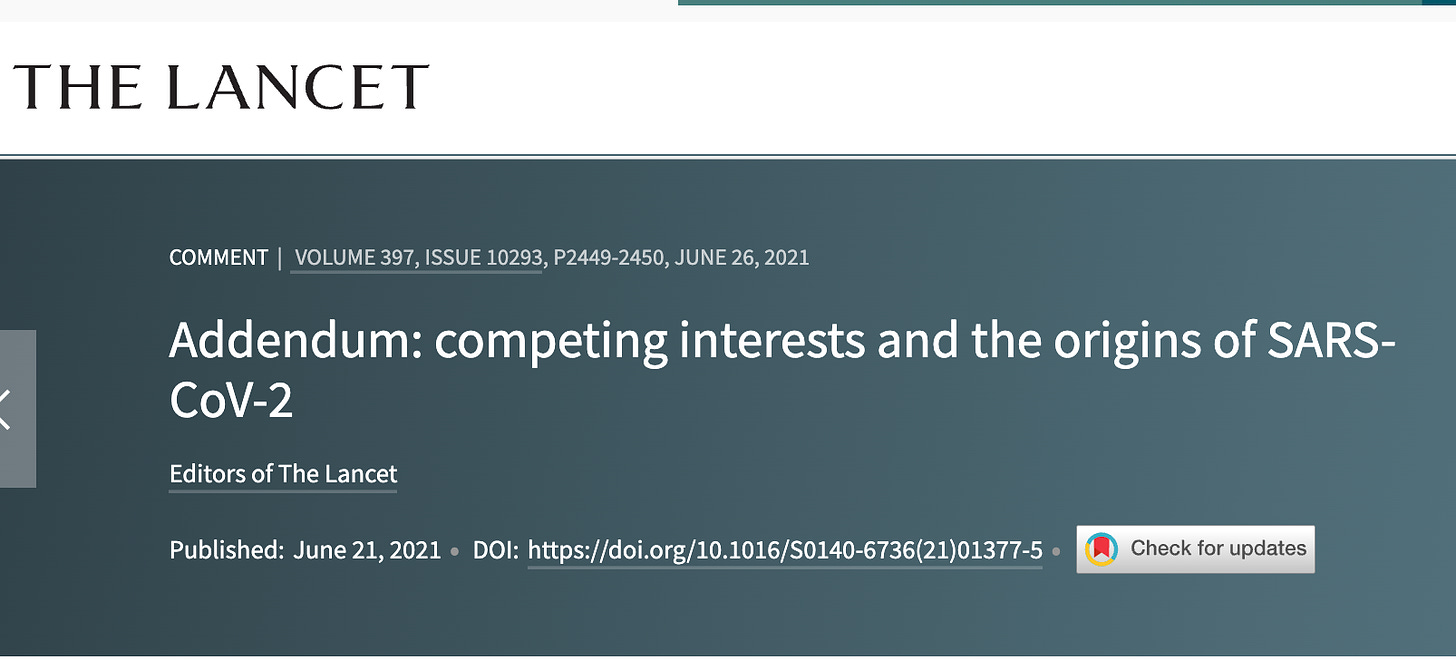
The U.S. Government began aggressively distancing itself from EcoHealth this year. In an October 20, 2021 letter to Congress, the NIH argued that while the coronavirus strains studied by the Wuhan lab through EcoHealth’s grant “are not and could not have become SARS-CoV-2,” it argued that EcoHealth violated the terms of the grant by failing to notify NIH of “unusual results” from its research that could make the viruses it was studying more dangerous. They also accused EcoHealth of failing to promptly report the ongoing results of their experiments.
All of this led to an unraveling of the Official Consensus. In May of this year — fifteen months after The Lancet pronounced the debate closed — Facebook reversed its policy of banning anyone who suggested that the virus may have come from the Wuhan lab. The reversal came, said the Silicon Valley giant, “in light of ongoing investigations into the origin”. This about-face came after The Wall Street Journal reported days earlier that U.S. intelligence sources claim that “three researchers from China’s Wuhan Institute of Virology became sick enough in November 2019 that they sought hospital care.”
Weeks later, President Biden “ordered intelligence officials to ‘redouble’ efforts to investigate the origins of Covid-19, including the theory that it came from a laboratory in China.” The president’s statement noted that “the US intelligence community was split on whether it came from a lab accident or emerged from human contact with an infected animal.” Suddenly, mainstream outlets such as The New York Times began publishing claims that, just months earlier, were officially declared “disinformation” and resulted in removal from social media platforms: “some scientists have argued that it’s possible SARS-CoV-2 was the result of genetic engineering experiments or simply escaped from a lab in an accident,” said the Paper of Record in October. The Official Consensus had undergone a 180-degree turn in the course of just over a year. “Lab leak” went from insane conspiracy theory that must be censored to serious possibility that must be investigated.
As a result of all this, Daszak’s reputation and credibility are crippled, and rightfully so. The once-revered scientist was profiled two weeks ago in Science under the headline “PROPHET IN PURGATORY.” It noted that while his “journey from oracle to pariah has appalled many colleagues,” many scientists — often loath to openly attack each other’s ethics — insist that his wounds are both justified and self-inflicted. Even those who believe the vilification of Daszak has been excessive nonetheless acknowledge that EcoHealth was far from honest about questions central to understanding this worldwide pandemic:
But some scientists, even those dismayed by the attacks, say Daszak is in part a victim of his own making. They argue he failed to reveal important information that later surfaced through embarrassing Freedom of Information Act (FOIA) requests and leaks, and some accuse him of making false statements. “Daszak has been far from forthcoming about EcoHealth’s research, much of which is highly relevant to the pandemic origin discussion,” says Filippa Lentzos, a social scientist at King’s College London who specializes in biosecurity. “It is the pattern of continuing obfuscation and deceit that I find alarming.”
Edward Holmes, an evolutionary biologist at the University of Sydney who’s solidly in the natural origins camp—he calls the debate a “tempest in an espresso cup”—says Daszak has been “unfairly vilified.” But EcoHealth “is guilty of shockingly poor communication and a naïvete that it would not come under scrutiny,” Holmes says.
That Science profile, similar to the one from The New York Times acknowledging that the “lab leak” is a real possibility, noted that documents unearthed by FOIA litigation from The Intercept call into serious doubt the months of denials by Daszak and EcoHealth, as well as from Dr. Fauci, that funding provided by NIH to the Wuhan lab through EcoHealth was used for “gain of function” research — meaning research designed to manipulate pathogens to make them more contagious and/or dangerous to humans:
In September, a FOIA request to NIH from The Intercept—which required a lawsuit to obtain documents—also yielded details about controversial experiments done at WIV by [WIV virologist Shi Zhengli] during her collaboration with EcoHealth. Her lab has more than 2000 samples of bodily fluids from bats that have tested positive for coronaviruses. To assess the risk of those viruses to humans, Shi’s team took sequences coding for their viral surface protein and stitched them into a bat coronavirus called WIV1, one of only three she has succeeded in growing in lab cultures. Daszak and Shi described these chimeric viruses in a 2017 paper. None of them has a close relationship to SARS-CoV-2. But some lab-leak proponents believe Shi, possibly with Daszak’s knowledge, hid other chimeric virus experiments that led to SARS-CoV-2.
The same batch of documents also showed that in “humanized” mice, some of the chimeric viruses grew better and were more lethal than WIV1. An NIH official, in response to an inquiry from a member of Congress, claimed EcoHealth had “failed to report” the worrisome results immediately, as the grant required. Daszak sent NIH a detailed letter strongly rebutting that accusation.
The documents also included a grant report that described an additional experiment, in which Shi added bat coronavirus surface proteins to the coronavirus that causes Middle East respiratory syndrome (MERS), a highly lethal human pathogen. Ferocious debates erupted about whether this work and the WIV1 studies constituted gain of function (GOF), the type of experiment that can make disease agents more transmissible or pathogenic and that requires extra layers of review. Richard Ebright, a biochemist at Rutgers University, New Brunswick, who has long lobbied against GOF research, tweeted that both “unequivocally” met the definition of [gain-of-function].
Despite the collapse of Daszak’s reputation and credibility — due both to his undisclosed conflicts of interest and repeated deceit and even lying — The New York Times continues to cite him as one of its primary sources on the question of COVID’s origins. Just two weeks ago, the paper published an article designed to affirm the claim that evidence had once again emerged showing that COVID was naturally occurring. “The first known patient sickened with the coronavirus was a vendor in a large Wuhan animal market,” wrote the Paper of Record about a new paper in Science, arguing that these findings “will revive, though certainly not settle, the debate over whether the pandemic started with a spillover from wildlife sold at the market, a leak from a Wuhan virology lab or some other way.” It had been previously suggested that the first case of COVID infection was found in an accountant who lived miles away from the wet market, suggesting that the wet market was likely not the source. But this new finding — claiming that the first patient was a wet market vendor, not the accountant — would further bolster the view that it has natural origins.
Notably, The Times continues to acknowledge that there is open debate about the origins of COVID, a fact that was deemed off-limits for almost a full year after the pandemic began. “The search for the origins of the greatest public health catastrophe in a century has fueled geopolitical battles, with few new facts emerging in recent months to resolve the question,” it said. But to dismiss the “lab leak” theory as increasingly unlikely, it heavily featured one scientist who insists that this new study provides the strongest evidence yet that COVID was naturally evolving. Who is this source? None other than Peter Daszek. The Times gave Daszak — the completely discredited, conflict-plagued scientist — multiple paragraphs to posture as an objective source to tell readers that the lab leak theory was increasingly unlikely and that the wet market origin was almost certainly true:
But Peter Daszak, a disease ecologist at EcoHealth Alliance who was part of the W.H.O. team, said that he was convinced by Dr. Worobey’s analysis that [researchers showing that COVID originated with the accountant] had been wrong.
“That December the eighth date was a mistake,” Dr. Daszak said. The W.H.O. team never asked the accountant the date his symptoms began, he said. Instead, they were given the Dec. 8 date by doctors from Hubei Xinhua Hospital, who handled other early cases but did not care for Mr. Chen. “So the mistake lies there,” Dr. Daszak said.
For the W.H.O. experts, Dr. Daszak said, the interview was a dead end: The accountant had no apparent links to an animal market, lab or a mass gathering. He told them he liked spending time on the internet and jogging, and he did not travel much. “He was as vanilla as you could get,” Dr. Daszak said.
Had the team identified the seafood vendor as the first known case, Dr. Daszak said, it would have more aggressively pursued questions like what stall she worked in and where her products came from.
While The Times noted in one fleeting subsequent paragraph that their featured source Daszak “has been one of the strongest critics of the lab-leak theory” and that “he and his organization, EcoHealth Alliance, have taken heat for research collaborations with the Wuhan Institute of Virology,” it does not remotely signal to readers just how invested he is in denying the lab leak possibility. Indeed, there are few people on earth more eager to show — for their own selfish reasons — that COVID did not come from the Wuhan lab than Peter Daszak.
Despite that, and despite the fact that he has been repeatedly caught misleading, The Times continues to cite him as some sort of credible source to convince readers not to believe the lab leak theory. And that one paragraph about his role in this research does not come close to making clear to Times readers just how devastating it would be for Daszak personally if it turned out that the lab leak theory were true. Of all the scientists in the world, why would The Times possibly rely on one of the most conflicted people on the planet to present as an expert on the validity of these various findings about COVID’s origins?
A November 18 article from The Washington Post used similarly questionable tactics for the same goal. The headline of that article tells the story of what The Post set out to do: “Prominent scientist who said lab-leak theory of covid-19 origin should be probed now believes evidence points to Wuhan market.” It begins: “The location of early coronavirus infections in late 2019 in Wuhan, China, suggests the virus probably spread to humans from a market where wild and domestically farmed animals were sold and butchered, according to a peer-reviewed article published Thursday in the journal Science,” citing the same study as the one touted by The Times.
The Post acknowledges that there is widespread criticism among scientists of this new study. “’It is based on fragmentary information and to a large degree, hearsay,’ David A. Relman, a professor of microbiology at Stanford University, said in an email after reading an embargoed copy. ‘In general, there is no way of verifying much of what he describes, and then concludes’.” Yet the most definitive view of this new study in the Post article comes from Robert F. Garry Jr., a virologist described as “one of the most vocal proponents of the zoonosis hypothesis.” To Garry, the debate is now closed: “Mike’s piece shows beyond a shadow of a doubt that in fact the Huanan market was the epicenter of the outbreak.”
It is remarkable that a scientist like Dr. Garry would be so emphatic that the debate is now closed — the new study “shows beyond a shadow of a doubt that in fact the Huanan market was the epicenter of the outbreak” — given how many scientists continue to insist that the question is far from answered. So who is this Dr. Garry, eager to proclaim the debate closed? The Post does not provide the key facts to enable the reader to assess his credibility. All we know from the Post article is that he is “a virologist at Tulane University and one of the most vocal proponents of the zoonosis hypothesis.” But there is so much more to him than that.
An August article from The Bulletin of Atomic Sciences by the science writer Nicholas Wade does provide some key information. That article begins by noting what was until recently, thanks to that Daszak-led Lancet letter, a prohibited view: “Some 20 months after the Covid-19 pandemic first broke out, its origins remain obscure.” Then this article explains this remarkable series of events that led to the rapid disappearance of the early view of many scientists that COVID was man-made.
When Dr. Fauci’s emails were made public in June, the archive contained a discussion of a conference of scientists held early on in the pandemic. That conference was hastily arranged by Fauci and his key British counterpart due to a January 31, 2020 email Fauci received from a group of scientists stating they had studied the SARS2 virus and determined it was man-made. This was days before the Daszak-led letter had consecrated the zoonotic theory as Truth. But these scientists held exactly the opposite view as the one The Lancet letter would impose, and this Fauci-ordered conference “was held to discuss the unanimous view of a group of virologists that the SARS2 virus had been manipulated in a lab.” The day before that conference, one of the scientists, Kristian G. Andersen, a virologist at the Scripps Research institute in California, emailed Fauci to tell him “that the virus seemed to be man-made.”
And yet, for reasons never explained, two of those scientists radically reversed their views, and signed onto Daszak‘s Lancet letter that decreed the lab leak theory to be a deranged “conspiracy theory” based on “disinformation.” As The Bulletin explains, Dr. Andersen had written on January 31 to Dr. Fauci that “the unusual features of the virus make up a really small part of the genome.” That observation, explains The Bulletin, was “referring presumably to a genetic component known as a furin cleavage site, which greatly enhances the virus’s infectivity.” Dr. Andersen continued: “so one has to look really closely at all the sequences to see that some of the features (potentially) look engineered.”

The “Bob” referenced in that email as one of the scientists who viewed “the genome” of the virus to be “inconsistent with expectations from evolutionary theory” is Dr. Robert F. Garry Jr., the virologist quoted in the recent Post article as pronouncing: “Mike’s piece shows beyond a shadow of a doubt that in fact the Huanan market was the epicenter of the outbreak.”
That January 31 email, for obvious reasons, sent Fauci and other NIH officials into a panic — or what The Bulletin describes as “a whirlwind of activity.” Fauci ordered his top aides to immediately investigate whether any NIH funds were used for research in the Wuhan Lab that manipulated coronaviruses. They convened a conference of carefully selected scientists, and Fauci recruited Jeremy Farrar, director of the Wellcome Trust, a large medical research charity in London. As The Bulletin notes, the union of Fauci and Farrar in this investigation created “a notable imbalance of power between the virologists and the officials,” since those two — Fauci and Farrar — “together control a large portion of the funds available for virological research in the Western world,” and “a virologist keen to continue his career would be very attentive to their wishes.” Indeed, “two of the conference participants had multimillion-dollar grant proposals under final review with NIAID at the time of the call.”
The Fauci/Farrar conference call resulted in immediate and stunning results. We do not know what happened there because most of the references to this conference were redacted when the Fauci emails were released. But what we do know is that the scientists who had insisted that COVID was man-made completely abandoned that view. “Whatever was said at the meeting, it was followed by a remarkable and almost immediate about-face,” writes The Bulletin. The scientists who instantly abandoned their original conclusions began sounding like hostages:
By at most three days later, Andersen had executed a 180 degree turn in his views about the virus. In an email of February 4, 2020 to Peter Daszak, president of the EcoHealth Alliance, which had directed NIAID funds to Shi, Andersen wrote, “The main crackpot theories going around at the moment relate to this virus being somehow engineered with intent and that is demonstrably not the case.” The email was obtained by U.S. Right to Know, an investigatory group.
Participants have not explained what was said at the meeting or found in the days immediately following it to induce the change of mind. Media offices at the Wellcome Trust and NIAID declined to comment on this article. Andersen, Holmes and Rambaut did not reply to emails seeking an account of the reversal.
By June, Farrar was back to claiming that The Science™ already definitively determined with certainty what the origins of COVID were. It was not, proclaimed the British scientist, a lab leak, a view he pronounced as a “conspiracy theory” that should be “ignored.” To support this decree, he recommended a Guardian article by Daszak that insisted that COVID was naturally occurring. But that article promoted by Farrar did not, needless to say, even hint at Dasazk’s immense conflict of interest in denying that COVID came from a lab he helped fund. Two days later, The Guardian was forced to add an Editor’s Note acknowledging this rather crucial fact: “This article was amended on 11 June 2020 to make clear the writer’s past work with researchers at the Wuhan Institute of Virology.”

Ignore the conspiracy theories: scientists know Covid-19 wasn’t created in a lab – as always worth reading @PeterDaszak 
At the behest of Farrar, the five scientists who had originally told Fauci that it seemed clear that COVID was man-made re-appeared just weeks later with an article in Nature Medicine which, with exactly the same degree of conviction, announced the exact opposite conclusion. “Our analyses clearly show that SARS-CoV-2 is not a laboratory construct or a purposefully manipulated virus,” they wrote.
The rapid reversal of Andersen is particularly odd: the Bulletin details why his explanation for his abrupt turn-around makes no chronological sense. But another of the scientists who was part of this group that magically reversed their views on COVID’s origins after a “conference” arranged by the Fauci/Farrar cabal was Dr. Garry, now cited by The Post as some sort of objective expert to tell us that the debate over COVID’s origin is closed.
Whatever the explanation was for their rapid and complete reversal of view that COVID was made in a lab, the three scientists responsible for this reversal were richly rewarded by the National Institute of Allergy and Infectious Diseases (NIAID), the vastly funded agency which Fauci directs:
In August 2020 the NIAID announced it would award $82 million over five years to 10 participants in its new network for detecting infectious diseases. Among the lucky winners: Daszak, Andersen, and his associate Robert Garry.
Just as it would be impossible for readers of The Times to realize just how conflicted Daszak is when they read in a news article about his emphatic insistence that COVID was naturally occurring, it would be equally impossible for Post readers to know about the complete and bizarre reversal of its source, Dr. Garry, under very suspicious and opaque conditions.
That Garry, shortly after abandoning and publicly repudiating his view that COVID was made in a lab, received substantial largesse from Fauci certainly does not prove a corrupt motive. But it is certainly something Post readers ought to know when he is being offered up to issue such definitive proclamations that COVID came from the wet market at the time when most scientists continue to view this as an open debate. And any reliance of a news outlet on Daszak as a source about COVID’s origins is inherently dubious, and is outright deceitful if it is not made abundantly clear how desperate Daszak obviously is to discredit the lab leak possibility.

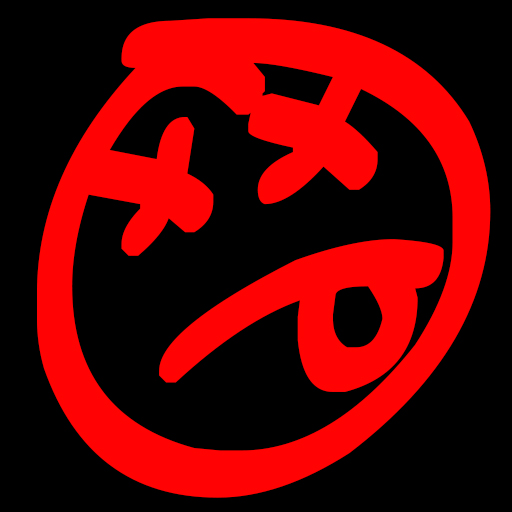
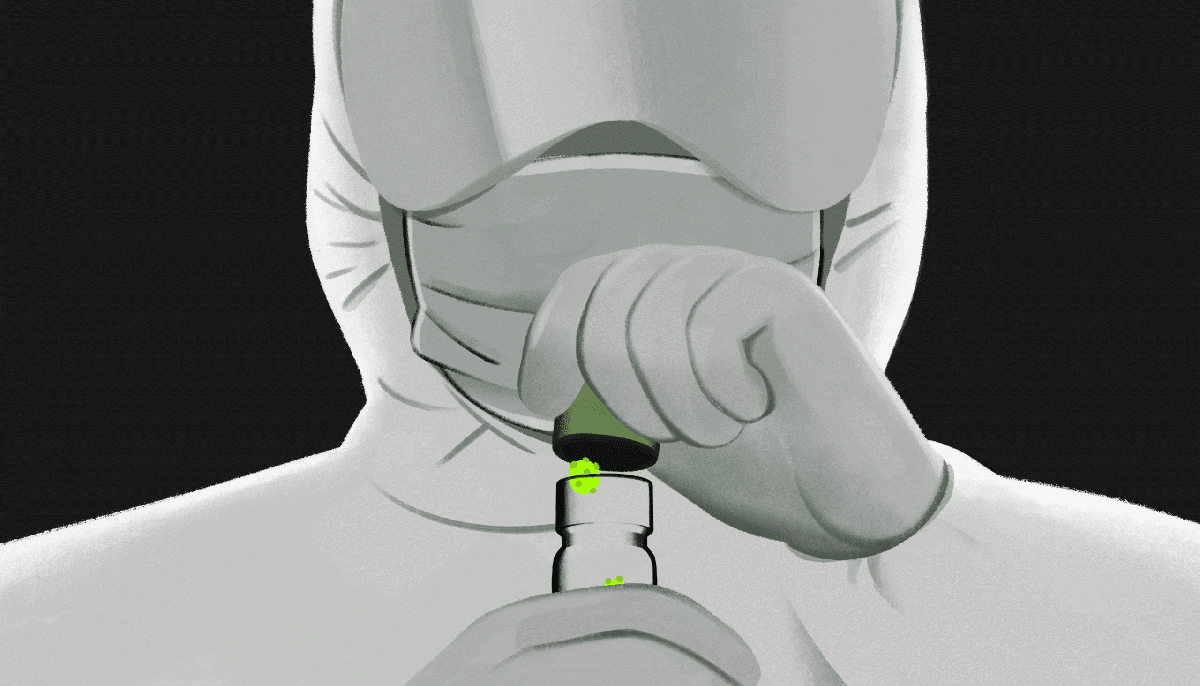

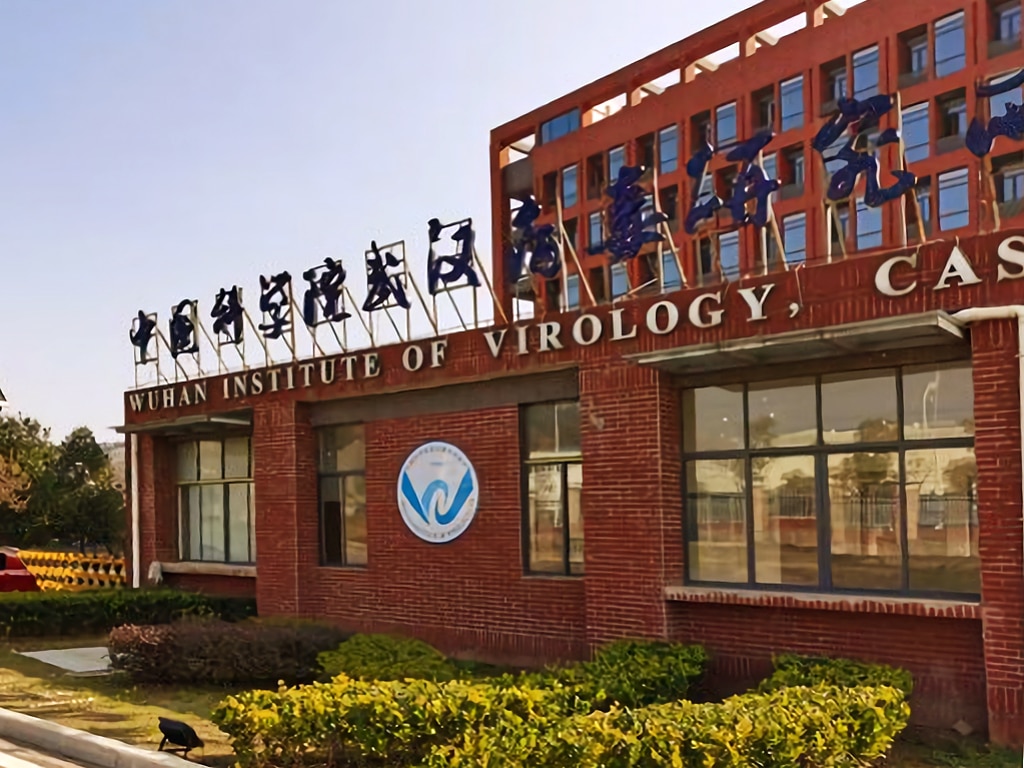
0 Comments